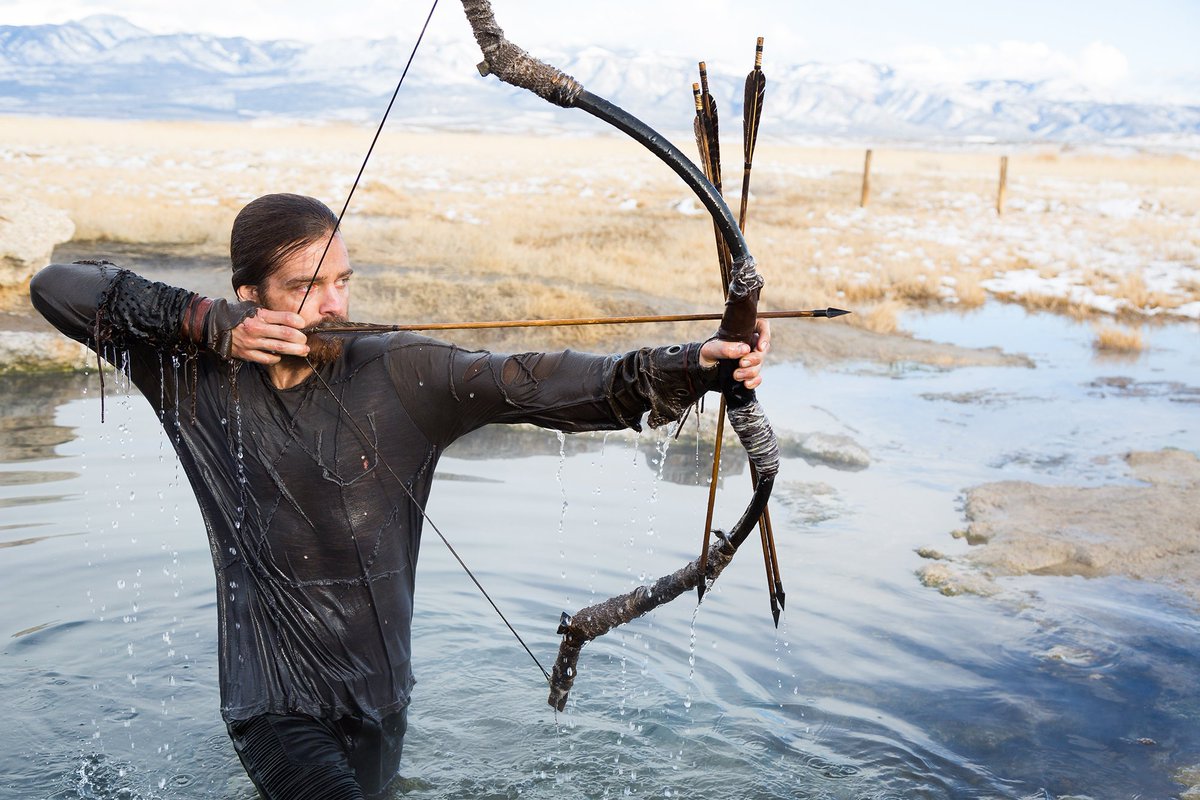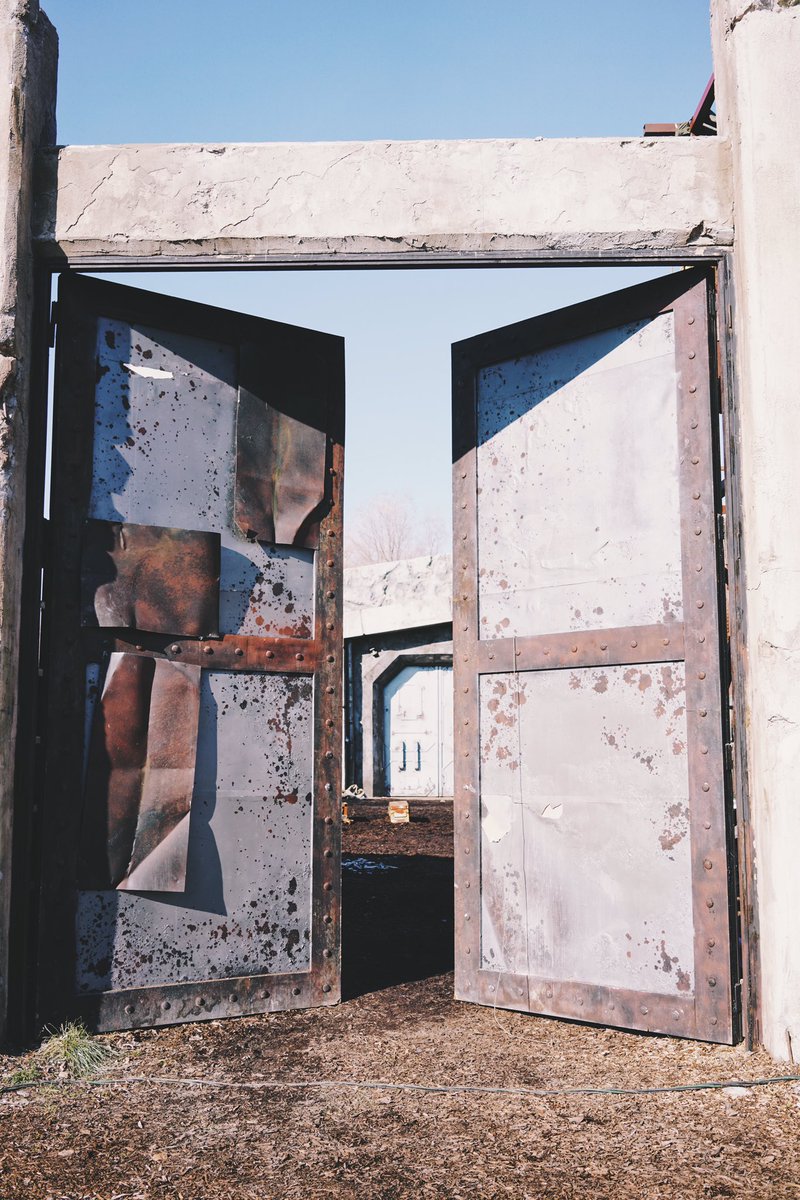
The family was buried in a mass grave and ranged from babies to adults. The episode features palaeontologist Sylvia Gonzalez and describes how disease and overhunting killed a whole family of Columbian mammoths in Toquila, Mexico. The mammoth is one of the most iconic extinct creatures. This episode describes how overhunting and climate change killed this wonderful creature. The Irish elk (also known as Megaloceros) was hunted to extinction by early man. Features a seabird ecologist, Dr Bill Montevecchi. This episode discusses the tragedy of the great auk, a puffin-like seabird killed by Europeans. Her hunger overpowers her sense of caution and drives her to the edge of the black abyss. Starving, she abandons her cubs (in doing so, will never reproduce again) and goes for the easiest prey, dead animals in the tar pit. It shows a mother sabre-tooth trying to hunt for her two cubs, but fails due to the open spaces and more numerous bison herds. It explains how the climate warmed up and the woodland forests that the sabre-tooth depended on for cover when stalking prey disappeared. The program then describes how life was for the sabre-tooth cat in the Ice Age. Hundreds of bones from sabre-tooth cats (also known as Smilodon) and other animals are shown and the process of how they became stuck in the tar is explained. The episode commences at the La Brea Tar Pits in California, USA. The episode explains how the dodo bred as well and recreates a flock of them eating fruit and snails, however, overhunting and competition with pigs, dogs, macaques, goats, rats, and cats finally destroyed the dodo forever. The settlers even tried to eat a dodo, but it was too chewy and tasted horrible.

Animals are soon introduced that make life harder for the already endangered dodos. It starts with the introduction of people on the island of Mauritius. This episode recounts how the dodo became extinct.

Extinction, on the other hand, comes close to showing how cows or pigs might view, feel, and experience an earth whose surface has been completely rearranged and transformed by capital.Extinct was a Channel 4 TV series, that originally aired between 25 September to 30 October 2001. It offers no explanation for the bad crops and the dust-bowl. Christopher Nolan's Interstellar is a prime example of a dishonest science fiction film about this new geological period. It can even be argued that this is the first honest science fiction film of the ongoing catastrophe that some describe as the anthropocene. The movie-which was supposed to be released by Universal Pictures almost a year ago, but was suddenly dropped by the studio and slowly picked up by Netflix-has a truly amazing, original, thought-provoking ending. And finally, the racial enigma is resolved.

Bodies are falling from buildings or being cut down by rapid blasts of alien firepower. Their spaceships appear in the night sky and descend and destroy everything. And this redness sharply emphasizes the paleness of her skin. Indeed, the first time you see her, her lipstick and eye-shadow are vividly red. Maybe, you think, this is how whites see light-brown Latinos? They are just as good as white? Maybe what ever made made Peña light-brown was finally swamped by his wife's powerful whiteness. There is no link between the father and the rest of the family whatsoever.Įventually you give up on the race inconsistency.
#Extinct tv pilot skin#
What's this about? As the film progresses, as you watch Peña working as an electrician, or walking down a street in the futuristic city, or at home with the family, you keep looking at his skin, and then the skin of one of his daughters, and then the skin of the other, and then the mother's skin-and you keep coming up with nothing. No effort, it seems, was made to make the girls even plausibly mixed.
#Extinct tv pilot movie#
If you are racially minded-and if you are not white, it is impossible not to be-the first thing you notice in the Netflix's new movie Extinction is this screwy thing about the show's main family: the father is Latino (Michael Peña), the mother is white (Lizzy Caplan), but both of their daughters are white.


 0 kommentar(er)
0 kommentar(er)
